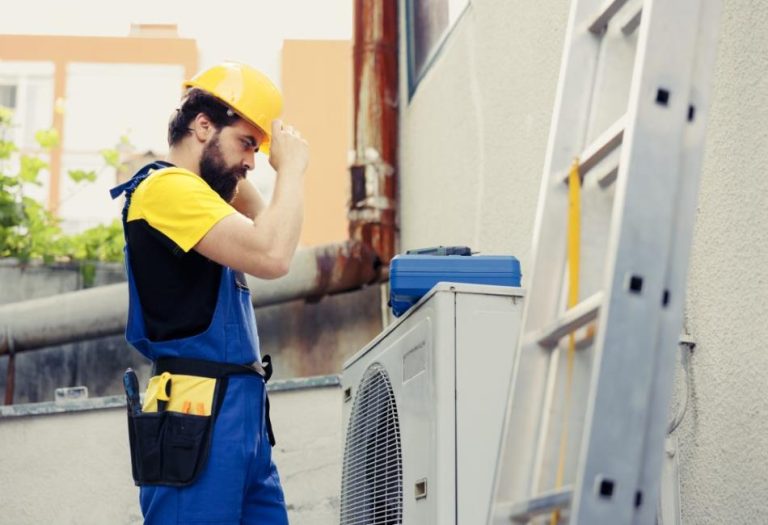Ultimate Guide to Selecting the Perfect Motorized Sleep Shades for Your Bedroom
Motorized sleep shades offer a convenient and comfortable way to manage indoor lighting. These automated window treatments can be operated using remote controls or smartphones, making it easier to adjust light levels throughout the day. They enhance privacy, reduce glare, support better sleep, and blend seamlessly with modern home interiors.
Key Considerations
A room’s layout and its exposure to natural light significantly impact its overall feel. Open floor plans allow for better flow, while well-positioned windows let in sunlight that can make spaces feel brighter and more spacious. Integrating motorized sleep shades can provide precise light control, enhancing both comfort and convenience while supporting a restful environment. Furniture placement also plays a role in maximizing light and creating a comfortable atmosphere.
Sleep preferences vary by individual. Factors such as room temperature, mattress firmness, and pillow type can all influence sleep quality. Lifestyle elements like stress levels and daily activity also contribute to how well someone rests. Designing a sleep-friendly environment tailored to personal needs can improve relaxation and overall wellness.
Privacy and compatibility with existing technology are important when selecting motorized systems. Integrating shades into smart home setups should be seamless and secure, protecting personal data while maintaining ease of use.
Types of Motorized Sleep Shades
Roller Shades – Known for their simplicity and versatility, roller shades come in various fabrics that offer different levels of light control and privacy. They’re available in many colors and patterns, making them suitable for a wide range of interior styles.
Roman Shades – Made from fabric that folds when raised and lays flat when lowered, Roman shades offer a polished look with effective light control. Their design suits both traditional and contemporary homes.
Cellular Shades – Also called honeycomb shades, these feature a layered structure that traps air, improving insulation. They enhance energy efficiency and are available in multiple styles, offering both function and modern appeal.
Budgeting and Cost Factors
Budgeting for motorized shades involves considering the cost of materials, motors, and control systems. Shade pricing varies based on fabric and design. Motors and smart features add to the total cost through installation and tech components.
Though the upfront investment can be higher, long-term savings often justify the cost. Energy-efficient materials help lower utility bills, and durable systems reduce maintenance needs over time.
Flexible budgeting allows for adjustments as needed. Considering fluctuating costs and long-term financial goals helps ensure smart, sustainable spending.
Choosing Colors and Materials
Coordinating shades with room décor helps create a cohesive look. Selecting colors that complement furniture and other elements enhances the space’s visual appeal and comfort.
Material selection is also key. Some fabrics provide excellent light blocking but require more maintenance. Others are easier to clean but may offer less privacy. It’s important to weigh durability, opacity, and ease of cleaning when choosing the right option.
Certain materials also support better health. Natural fibers like cotton and bamboo are breathable and hypoallergenic, while some synthetic options are designed to resist dust and allergens.
Installation Options
Homeowners can choose between do-it-yourself installation and professional service. DIY can save money and be rewarding, but it requires time and attention to detail. Professional installers offer expertise, efficiency, and peace of mind, especially for complex systems.
Successful installation starts with preparation. Gather the right tools, double-check measurements, and follow instructions carefully. Staying organized and asking for help when needed can prevent mistakes and reduce stress.

Control Options
Control methods vary from manual to smart systems. Manual controls offer direct, hands-on use. Smart systems automate shade movement, improving convenience and efficiency.
Connecting shades to a smart home network allows users to manage lighting, climate, and security from one platform. This integration simplifies daily routines and promotes energy savings.
Programmable settings let users create sleep schedules aligned with their needs. Maintaining consistent light levels and timing helps regulate circadian rhythms and improve sleep quality.
Maintenance and Support
Regular maintenance keeps motorized shades functioning properly. Dusting, vacuuming, and cleaning with appropriate products help maintain their appearance and performance. Keeping living spaces tidy also supports a healthier indoor environment.
Troubleshooting should begin with identifying the issue and consulting manuals or online guides. A step-by-step approach improves problem-solving and reduces the risk of further complications.
Understanding warranty coverage and available customer support is essential. Warranties offer peace of mind, while responsive after-sales service ensures continued satisfaction and protection for the investment.
FAQs
How long do motorized sleep shades typically last?
With proper care and regular maintenance, motorized sleep shades can last anywhere from 5 to 10 years or more. Longevity depends on the quality of the materials, frequency of use, and environmental factors such as humidity or direct sunlight exposure.
Can motorized shades be installed on existing windows?
Yes, motorized shades can be retrofitted to existing windows. Installation may require additional components, such as mounting brackets or power sources, but both DIY and professional options are available to suit different needs and budgets.







